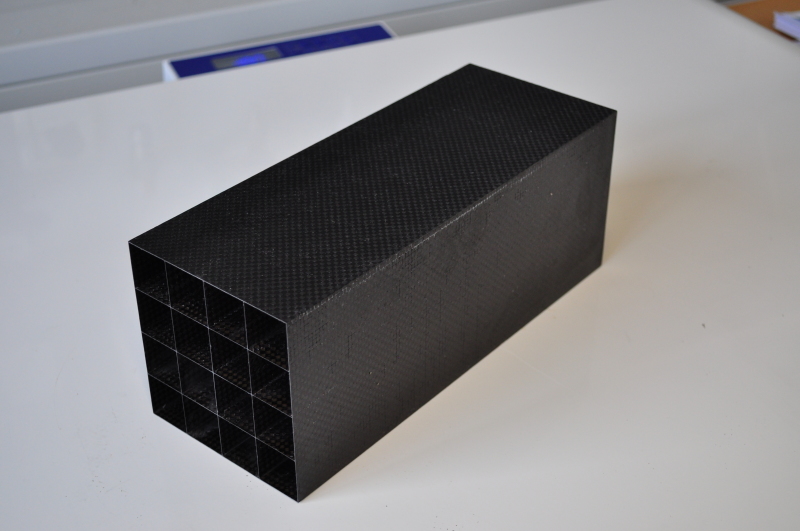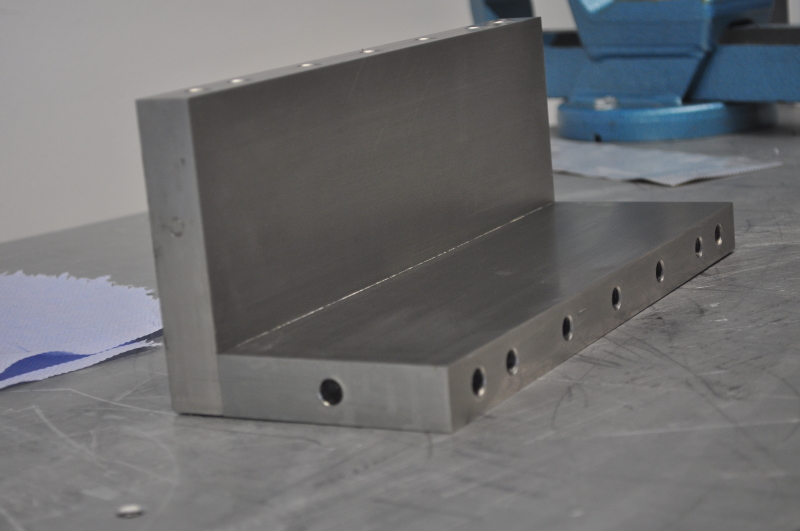Hi there,
We are setting up a small workshop with a drillpress, tools, benches, cutting machines... in order to be able to do small tasks. For more professional parts we have a mechanical workshop with experienced people working there (with lathes, milling machines...).
I've been thinking about getting measuring machines to check machined parts (or even some composite components we make).
What would you recommend to set up a small metrology lab?
- CMM machine
- Roughness surface tester
- Dial indicators/supports..
thank yo
regards,
We are setting up a small workshop with a drillpress, tools, benches, cutting machines... in order to be able to do small tasks. For more professional parts we have a mechanical workshop with experienced people working there (with lathes, milling machines...).
I've been thinking about getting measuring machines to check machined parts (or even some composite components we make).
What would you recommend to set up a small metrology lab?
- CMM machine
- Roughness surface tester
- Dial indicators/supports..
thank yo
regards,


